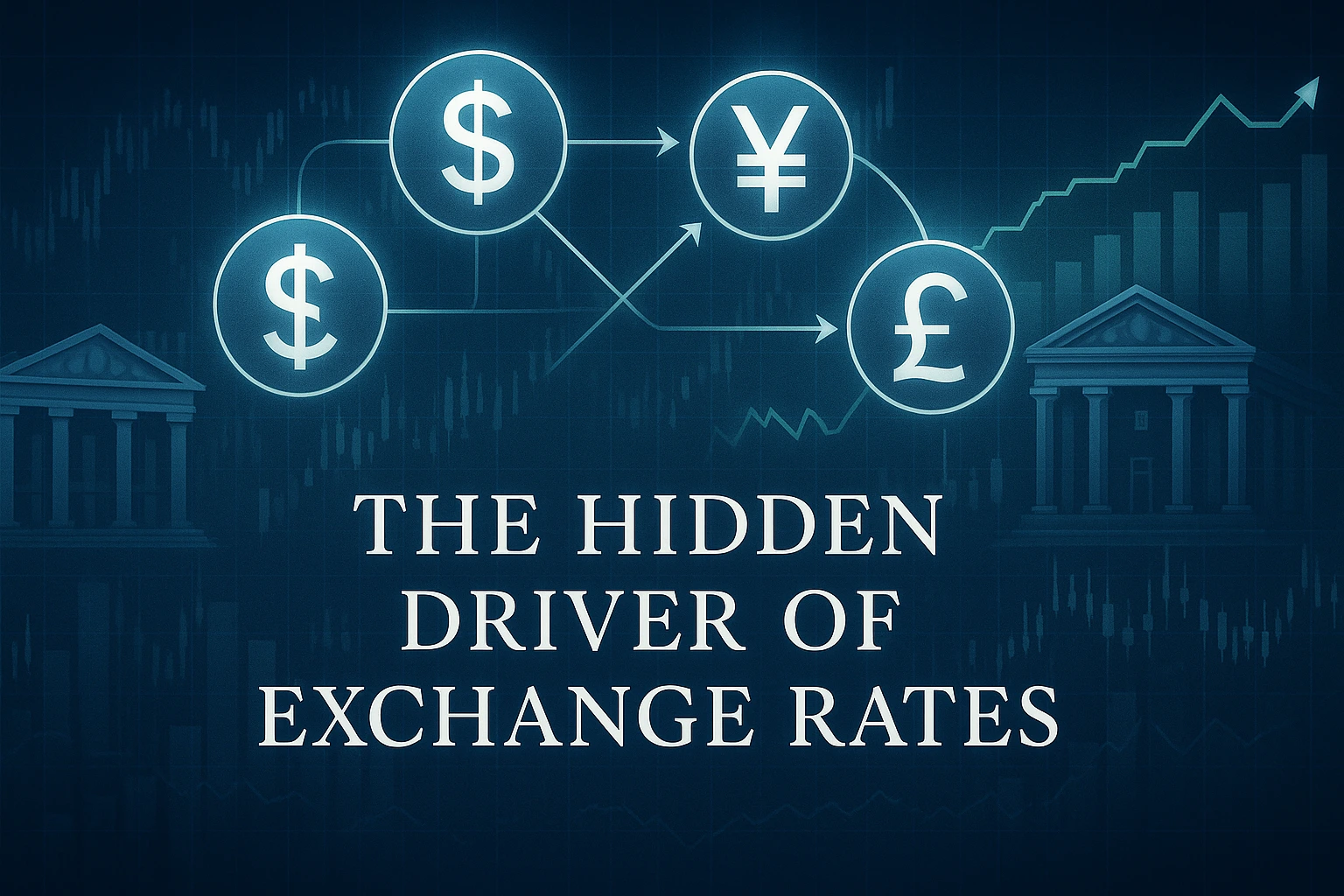For the average user of a price converter, the daily fluctuations in currency exchange rates can seem mysterious and unpredictable. While many factors influence a currency’s value, from economic growth to political stability, one of the most powerful and consistent drivers is the concept of interest rate differentials.
This refers to the difference in the central bank interest rates between two countries. In the world of institutional finance and professional forex trading, these differentials are a primary factor in determining capital flows and, consequently, the long-term trends in currency markets. Understanding this fundamental relationship provides a powerful lens through which to interpret the numbers on a currency converter.
The global search for yield
At its core, the concept is simple: capital flows to where it can earn the highest return. Large financial institutions, investment funds, and even individual investors are constantly seeking the best “yield” for their cash. If a country’s central bank raises its interest rates, holding assets denominated in that country’s currency becomes more attractive.
For example, if the interest rate on a U.S. government bond is 5% while the interest rate on a Japanese government bond is only 0.5%, a global investor seeking a safe return will have a strong incentive to sell their Japanese Yen, convert it to U.S. Dollars, and buy the U.S. bond. This act of buying U.S. Dollars to access the higher yield increases the demand for the dollar and causes its value to rise relative to the Yen. This dynamic is a central theme in any deep dive into Fundamental Analysis.
The carry trade: A professional strategy
This search for yield is formalized in a popular professional trading strategy known as the “carry trade.” A carry trade involves borrowing a currency with a low interest rate (the “funding currency”) and using it to buy a currency with a high interest rate (the “asset currency”). The trader aims to profit not just from a potential appreciation in the asset currency’s exchange rate, but also from the interest rate “carry”: the positive differential they earn each day they hold the position.
The Japanese Yen (JPY) has historically been a popular funding currency due to Japan’s long-standing zero-interest-rate policy, while currencies like the Australian Dollar (AUD) and New Zealand Dollar (NZD) have often been used as asset currencies. The carry trade can be highly profitable during periods of low market volatility, but it can be extremely risky if the market sentiment suddenly shifts and investors flee from higher-risk currencies.
Central bank announcements: The market’s main event
Because interest rates are such a powerful driver of currency values, the scheduled meetings and announcements of the world’s major central banks, like the U.S. Federal Reserve (FOMC), the European Central Bank (ECB), and the Bank of England (BOE), are the most closely watched events on the economic calendar.
The language used in these announcements is scrutinized word-for-word by analysts for any clues about the future direction of interest rates. A central bank that signals a “hawkish” stance (meaning it is likely to raise rates to fight inflation) will typically see its currency strengthen. A central bank that adopts a “dovish” stance (meaning it is likely to lower rates to stimulate the economy) will see its currency weaken. This is why major currency markets often experience extreme volatility in the moments surrounding these announcements.
From macro trends to your conversion rate
While the average person using a price converter is not engaging in a complex carry trade, these macro-level capital flows are what determine the exchange rate they receive. The reason the U.S. The dollar’s strengthening against the Euro over a period of months can often be traced back to the fact that the Federal Reserve is pursuing a more aggressive interest rate policy than the ECB.
Understanding this fundamental relationship provides valuable context to the numbers on the screen. It helps explain the “why” behind the long-term trends and allows for more informed decisions about when to convert currency. For those looking to actively trade these trends, a brokerage that provides a professional trading environment, such as the YWO online broker, is essential.

Jay is a data analyst and research writer. He works in the field of finance, decentralised finance, stock market, and business. He used to work as a finance consultant in Silicon Vally, after which he decided to reduce his stress levels and go on a less-thriving way. His favourite graphic novel is Hellblazer.
